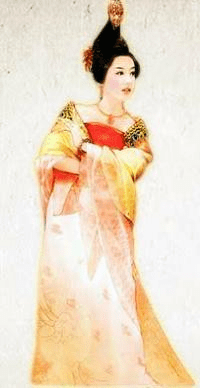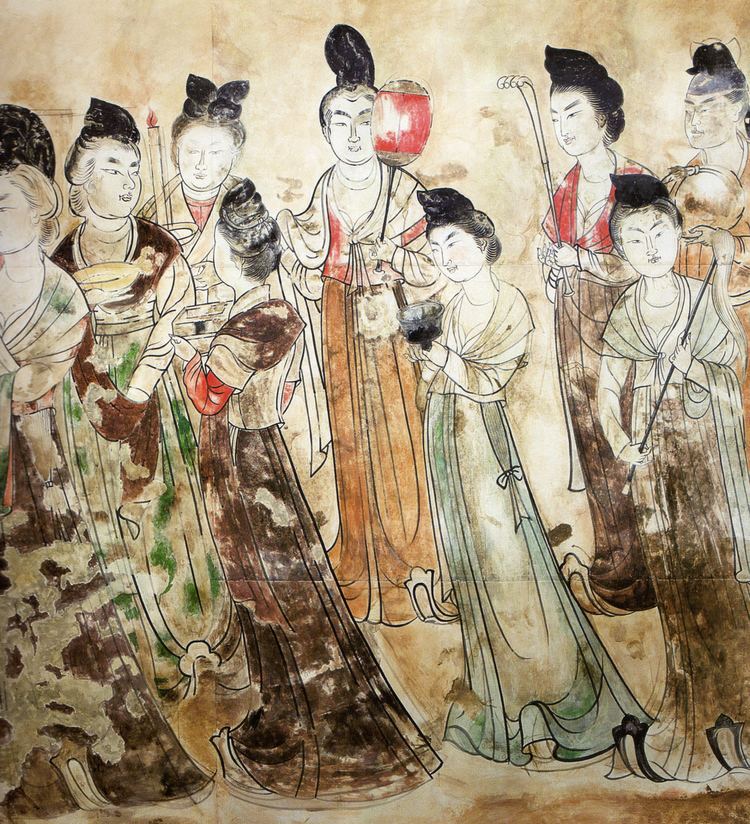Name Li Xianhui | ||
 | ||
Princess yongtai and her descendants in martial arts
Princess Yongtai (Chinese: 永泰公主; Wade–Giles: Yung-t'ai), born Li Xianhui (Chinese: 李仙蕙; pinyin: Lǐ Xiānhuì); 685 – October 9, 701), courtesy name Nonghui (穠輝), was a princess of the Tang Dynasty.
Contents

Biography
Li was the seventh daughter of Emperor Zhongzong of Tang and the second daughter of Empress Wei. She married Wu Yanji (武延基), a grandnephew of Wu Zetian.
Death
The cause of Li's death is widely disputed. One report states that Wu Zetian, who had deposed Zhongzong after a brief reign, heard of remarks that Li supposedly made and had her flogged to death, or alternatively she was made to hang herself. Her husband and elder brother were also executed. In contrast, the epitaph from her tomb states that she died in childbirth. After Wu Zetian's death, when her father again came to the throne, she and her brother were reburied in grand tombs in the Qianling Mausoleum in 705.
Tomb
Li's tomb was discovered in 1960, and excavated from 1964. Among the Qianling Mausoleum burials, Li's is the largest belonging to a woman. It had been robbed in the past, probably soon after the burial, and items in precious materials taken, but the thieves had not bothered with the over 800 pottery tomb figures, and the extensive frescoes were untouched. The robbers had left in a hurry, leaving silver items scattered around, and the corpse of one of their number. The tomb had a flattened pyramid rising 12 metres above ground, and a long sloping entrance tunnel lined with frescoes, leading to an ante-chamber and the tomb chamber itself, 12 metres below ground level with a high domed roof. Most of the contents, including the frescoes, are now in the Shaanxi History Museum.
The frescoes depicted the four deities, ceremonial weaponry, daily life in the imperial court, and celestial bodies. The tomb also provides an example of Tang dynasty architecture, with depictions of buildings and caisson motifs. The main subject of the frescoes is women, the majority of whom are shown without make-up and wearing no jewellery. There are also several carved human figures, who seem to be ladies-in-waiting.
